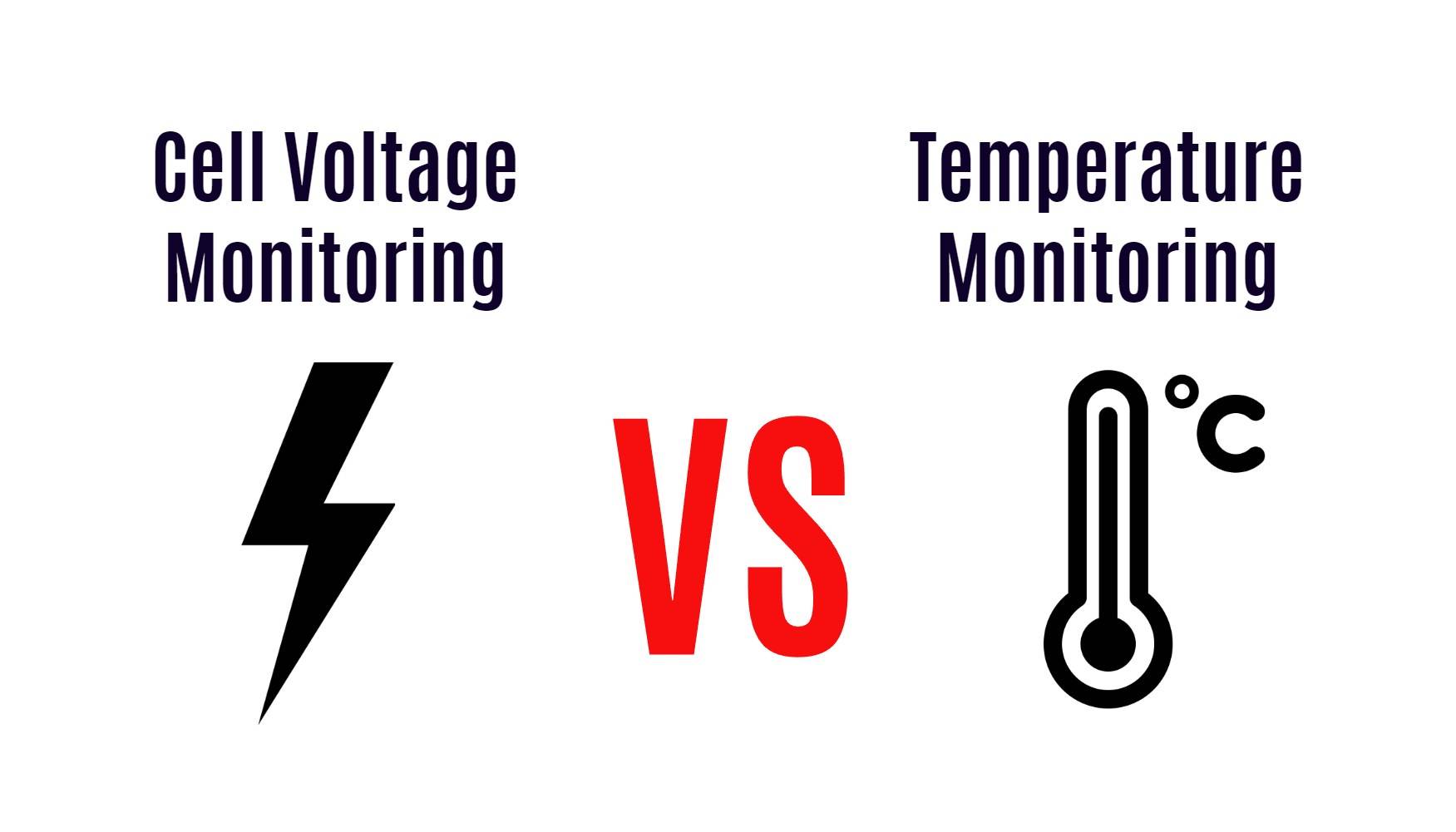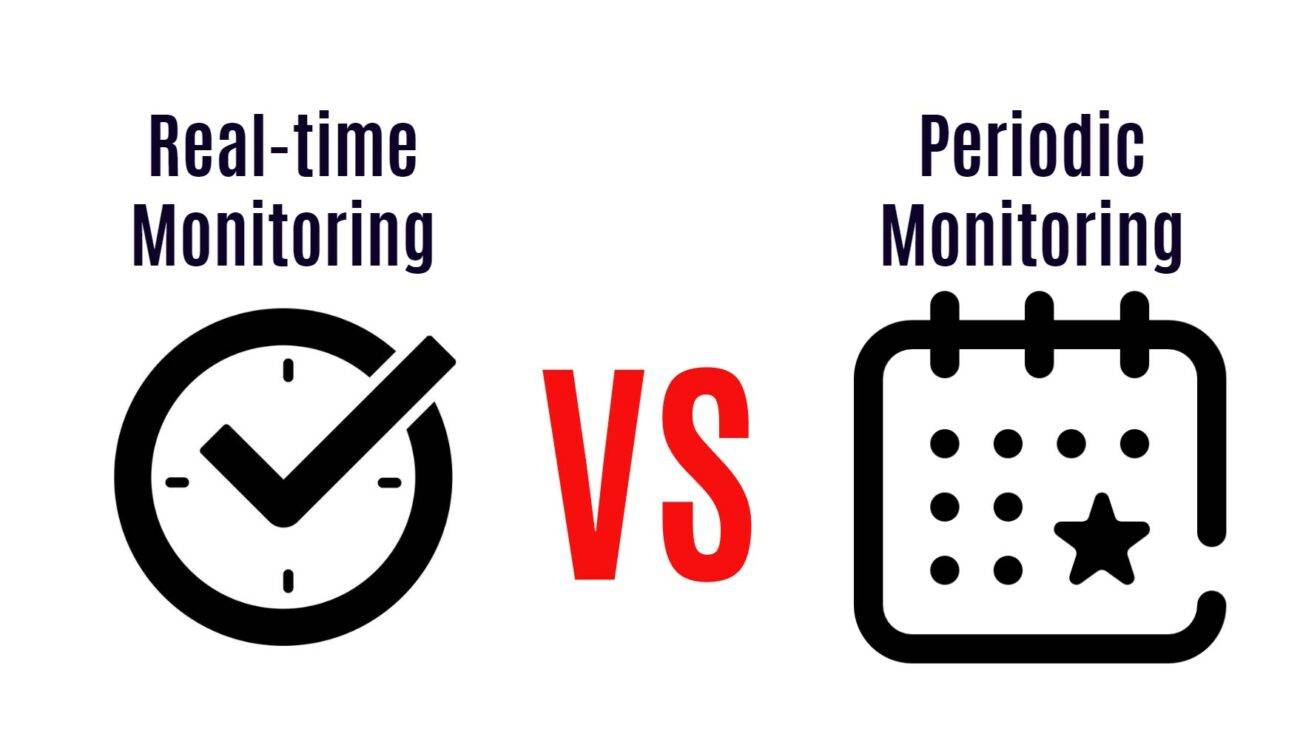Discover the impact of cell voltage and temperature monitoring on Battery Management Systems (BMS) in this article. Uncover the benefits, challenges, and importance of monitoring these crucial factors for maximizing battery performance and efficiency. Whether you’re a tech enthusiast or keen on optimizing battery health, this read will provide valuable insights into the world of BMS.
What is Cell Voltage Monitoring in BMS?
Cell voltage monitoring in a battery management system (BMS) involves continuously measuring the voltage of individual cells within a battery pack. By tracking the voltage levels, BMS can detect any imbalances or abnormalities that may indicate potential issues with specific cells. This real-time data allows for early detection of problems and ensures optimal performance and longevity of the battery.
Monitoring cell voltage is crucial for preventing overcharging or undercharging, which can lead to reduced efficiency and shortened battery life. The BMS uses this information to regulate charging processes and maintain each cell within safe operating limits. This proactive approach helps prevent damage to the battery pack as a whole, ultimately enhancing its overall reliability.
In essence, cell voltage monitoring serves as a vital tool in maintaining the health and efficiency of batteries used in various applications such as electric vehicles, renewable energy systems, and portable electronics.
What is Temperature Monitoring in BMS?
Temperature monitoring in Battery Management Systems (BMS) is a crucial aspect of ensuring the optimal performance and longevity of batteries. This process involves constantly measuring and tracking the temperature levels within battery cells to prevent overheating or extreme cold conditions. By monitoring temperature, BMS can help prevent thermal runaway situations that could lead to battery failure or even safety hazards.
Maintaining the right temperature range is essential for maximizing battery efficiency and lifespan. Temperature fluctuations can impact charging rates, discharge capacity, and overall performance. With accurate temperature monitoring, BMS can adjust charging parameters accordingly to optimize battery health and reliability.
Additionally, temperature monitoring plays a vital role in identifying potential issues with battery systems early on before they escalate into more significant problems. It allows for proactive maintenance measures to be taken to address any arising concerns promptly.
By incorporating temperature monitoring into BMS technology, manufacturers can enhance the safety, efficiency, and durability of their battery systems for various applications ranging from electric vehicles to renewable energy storage solutions.
Benefits of Cell Voltage Monitoring in BMS
Cell voltage monitoring in Battery Management Systems (BMS) offers a range of benefits for ensuring optimal battery performance. By continuously tracking the voltage levels of individual cells, potential issues such as overcharging or undercharging can be quickly identified and addressed. This proactive approach helps extend the lifespan of the battery and enhances its overall efficiency.
Furthermore, cell voltage monitoring allows for early detection of any abnormal behavior within specific cells, preventing potential safety hazards like overheating or short circuits. This real-time data also enables better decision-making regarding maintenance schedules and replacement strategies, ultimately saving time and costs in the long run.
In addition to improving safety and longevity, cell voltage monitoring plays a crucial role in optimizing energy storage systems by ensuring that each cell operates within its designated parameters. This level of precision not only enhances performance but also contributes to maximizing energy output and minimizing wastage.
Drawbacks of Cell Voltage Monitoring in BMS
Although cell voltage monitoring in BMS provides crucial insights into battery health, it does have its drawbacks. One limitation is the potential for inaccuracies due to varying internal resistance among cells. This can lead to misleading data and impact overall system performance. Another drawback is the reliance on individual cell measurements, which may not always reflect the true condition of the entire battery pack.
Moreover, continuous monitoring of cell voltages can put a strain on resources and increase system complexity. Maintenance efforts to calibrate sensors and ensure accurate readings can be time-consuming and costly. Additionally, relying solely on voltage monitoring may overlook other factors affecting battery performance, such as temperature fluctuations or load demands.
In some cases, overemphasizing cell voltage monitoring may lead to neglecting other critical aspects of battery management. It’s essential to consider a holistic approach that incorporates multiple monitoring techniques for comprehensive insight into battery health and longevity.
Benefits of Temperature Monitoring in BMS
Temperature monitoring in Battery Management Systems (BMS) offers numerous benefits for maintaining battery health and longevity. By closely tracking the temperature of each cell, potential overheating issues can be detected early on, preventing damage to the battery pack. This proactive approach helps to prolong the overall lifespan of the batteries and ensures optimal performance.
Moreover, temperature monitoring allows for precise control over charging and discharging processes based on real-time data. This optimization leads to increased efficiency and improved energy utilization within the battery system. Additionally, by keeping temperatures within safe operating limits, safety risks such as thermal runaway are minimized.
Furthermore, accurate temperature monitoring provides valuable insights into environmental conditions that may impact battery performance. Whether it’s extreme heat or cold, monitoring these factors allows for better management of operational parameters to maximize functionality and reliability in various settings.
Drawbacks of Temperature Monitoring in BMS
Temperature monitoring in Battery Management Systems (BMS) is essential for ensuring the optimal performance and safety of battery cells. However, there are some drawbacks associated with relying solely on temperature monitoring. One limitation is that temperature sensors can be prone to inaccuracies due to their placement within the battery pack. This can lead to misleading data and potential risks if not properly calibrated.
Another drawback is that temperature monitoring alone may not provide a comprehensive picture of the overall health of the battery system. It does not capture variations in cell behavior or identify potential issues such as thermal runaway early enough. In addition, external factors like ambient temperature fluctuations can impact sensor readings, affecting the accuracy of temperature monitoring results.
Moreover, continuous reliance on temperature monitoring alone may overlook other critical parameters influencing battery performance, such as state-of-charge and internal resistance. To mitigate these limitations, it’s crucial to integrate multiple monitoring techniques within the BMS for a more holistic approach towards ensuring battery efficiency and longevity.
How Cell Voltage and Temperature Affect Battery Performance
Cell voltage and temperature play crucial roles in determining the performance of batteries. When it comes to cell voltage, maintaining a balanced level among all cells is essential for optimal battery function. Fluctuations or disparities in cell voltages can lead to uneven charging/discharging, reducing overall efficiency.
On the other hand, temperature monitoring is equally important as extreme temperatures can significantly impact battery life and performance. High temperatures can accelerate chemical reactions within the battery, leading to faster degradation and shorter lifespan. Conversely, low temperatures can slow down these reactions, affecting the battery’s ability to deliver power efficiently.
Understanding how cell voltage and temperature interact with each other is key to maximizing battery performance. Balancing these factors ensures longer-lasting batteries with consistent output levels for various applications. By closely monitoring both cell voltage and temperature, users can proactively address issues before they escalate, ultimately extending the lifespan of their batteries.
Challenges with Cell Voltage and Temperature Monitoring
Ensuring accurate and real-time monitoring of cell voltage and temperature in a Battery Management System (BMS) comes with its fair share of challenges. One common challenge is the complexity involved in integrating various sensors to continuously measure these parameters. Different battery chemistries may require specific monitoring solutions, adding another layer of complexity.
Moreover, maintaining the calibration and accuracy of sensors over time can be a challenge due to environmental factors or wear and tear. This poses a risk of inaccurate readings, potentially compromising the overall performance and safety of the battery system.
Another challenge is interpreting large volumes of data generated by continuous monitoring. Analyzing this data effectively requires sophisticated algorithms and processing power to identify trends or anomalies that could indicate potential issues.
Furthermore, ensuring reliable communication between the BMS and external systems for alerting or remote monitoring adds another layer of complexity that must be carefully managed to ensure seamless operation.
Choosing the Right Monitoring System for Your Battery Needs
Choosing the right monitoring system for your battery needs is crucial to ensure optimal performance and longevity. Consider factors such as the type of batteries you are using, the operating conditions they will be subjected to, and your budget constraints. Whether you prioritize cell voltage monitoring or temperature monitoring, or a combination of both, make sure that the chosen system meets your specific requirements.
Investing in a reliable monitoring system can help prevent potential issues such as overcharging, overheating, or premature battery failure. By staying proactive and vigilant in monitoring cell voltage and temperature levels, you can effectively manage your battery health and maximize their efficiency.
Remember that each battery application is unique, so take the time to assess your needs carefully before making a decision. With the right monitoring system in place, you can ensure that your batteries perform at their best for years to come.





